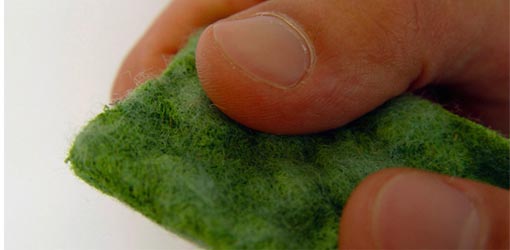Nature as Capital
Posted on December 21, 2011 | posted by:“After two centuries of rises in labour productivity, the liquidation of natural resources at their extraction cost rather than their replacement value, and the exploitation of living systems as if they were free, infinite, and in perpetual renewal, it is people who have become an abundant resource, while nature is becoming disturbingly scarce.” – Natural Capitalism
“Natural Capitalism: Creating the Next Industrial Revolution” is a cooperative effort of Paul Hawken, Amory Lovins and L. Hunter Lovins to outline the principles of natural capitalism, an ethos by which the resources of the natural world would be as highly valued as financial resources have been in human history.
The fundamental idea underlying the entire book is the idea that nature—its complete ecosystems and the minerals and chemical resources that make it up—is earth’s and therefore humanity’s most valuable resource. As such, it should be the guiding value that steers the structuring of our world economies. In manufacturing, it should be the last place we look for resources, and the first place we look for inspiration. Recycling and re-purposing elements we have already taken out of nature, we can allow the natural world to heal itself and return to the life-giving and climate-regulating mechanism it must be if life is to continue. Observing nature’s ability to make very strong and versatile materials as well as highly effective pharmaceuticals without the use of toxic chemistry or high-energy, high-heat manufacturing should be our greatest resource as we move into a less destructive age of manufacturing. In community development, we should recognize nature as the source of our food and well-being, and organize our communities in such a way that we eat very close to the source of our food, grow our food and livestock in ways that reinforce healthy ecosystems and leave as much of the native plant life, water routes and soil in place as possible as we live amongst them. In government and business, the authors describe a system in which ecological responsibility is rewarded by tax systems and subsidies, and wastefulness and pollution is penalized out of existence.
Throughout the book, the authors describe both the way modern industry developed into the wasteful collection of businesses it has, and the mentalities that have allowed wastefulness to remain a part of business as usual. In the beginning of the Industrial Revolution, natural resources were plentiful and people to work manufacturing jobs were less so, so exploiting natural capital and saving human labour was the logical way for industry to grow. As it developed, industries complemented each other, allowing processes to be done where they are cheapest, and their materials shipped inexpensively around to the next stop in the process. The authors point to simple changes industry can make, like services and flow instead of single sales of appliances to eliminate planned obsolescence and the problem of disposing of old appliances; moving processes closer together to eliminate energy and fuel wastes, and continuously revising designs and processes so that repetitive wastes are eliminated, and processes and products are continuously becoming more efficient.
Another significant area in which the authors suggest significant waste reduction is in the design of homes and buildings. As an architect I also believe that if all of the elements of buildings were built in cooperation with each other, borrowing each other’s efficiencies, the old architect’s maxim that compromise in building is a matter-of-course necessity can be eliminated from our mentalities. This would require a new method of thinking where industry would have to be modelled and structured differently. To model industry after nature would mean that systems are completely closed, reusing everything they take from nature or from the destruction of something old. To use as little materials for the most good would mean that waste is eliminated before goods ever leave the factory or in this case the construction site.
Curitiba, a Brazilian city is an excellent example of how people could be used in the same strategy as natural capital, by mimicking natural patterns, reinvesting in natural capital, services and flow and resources productivity to help guide their actions. It is a city being re-purposed to foster community by encouraging pedestrian areas, planting gardens throughout the city, and protecting areas with tax refunds to let them remain wooded on private property, and managing traffic so large roads can give way to smaller ones, and encourage public transit. The city’s revolution began with Jaime Lerner, a mayor nominated for his mild manner, but his skills were in architecture, engineering, city planning and humanism, so he focussed on ways of employing the unemployed with environmental jobs, revolutionizing homeless areas with build-it-yourself kit houses and appointments with architects for every family, and opening up buildings left from dead industries to become educational and creative centres for children and adults alike.
Therefore there is nothing humans can manufacture that will provide for life on our planet like the life that is already here, and no amount of synthesis that can replace it once it is lost. For that reason, the very best way to protect business and livelihood is to protect the environment as the source for everything that makes life good. We can go a long way down the path by learning from the waste-free processes by which nature produces its resources, and make a beginning by following its example.
